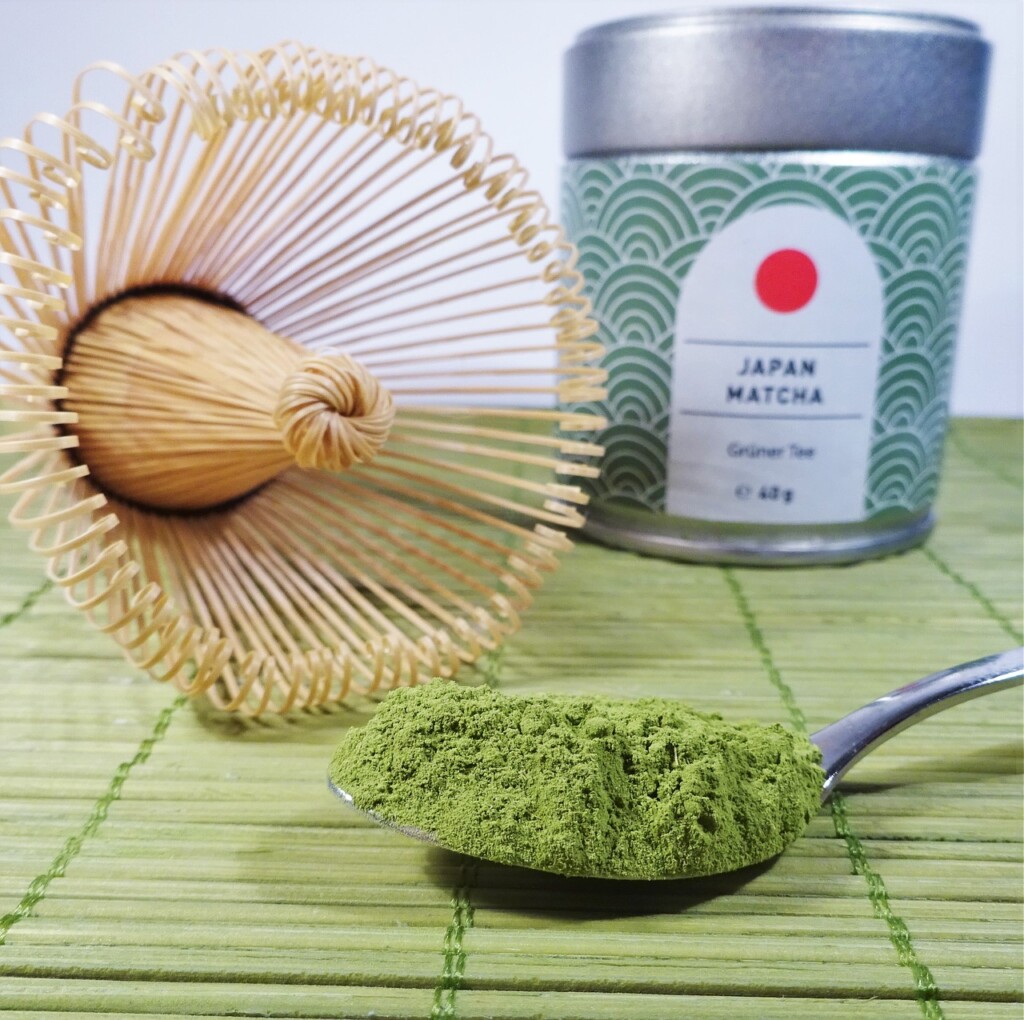The import of organic powdered chlorella algae has emerged in recent times as a safe bet due to the interest it generates in the food, cosmetic, and nutraceutical industries. Although research on its multiple benefits began years ago, it is currently experiencing its peak market share.
There are many products traditionally used in Asia that the West is taking note of thanks to the trend towards healthier and more natural eating. We’ve previously discussed the importance of organic powdered matcha tea and spirulina.
The import of organic powdered chlorella algae continues to increase, as its properties make it one of the most demanded products as a nutritional supplement, for the development of cosmetic products, and for multiple industrial uses.
Certain microalgae are a source of substances with high nutritional value and beneficial effects on health, leading them to become valued supplements for nutrition. This is the case with organic powdered spirulina and chlorella, which are among the top five most consumed microalgae worldwide.
Research into the properties of chlorella algae is not limited to the field of biotechnology applied to food but focuses on its potential uses in other areas. Among its applications, the most relevant ones are the production of biofuels, aquaculture, cosmetics, and biofertilizers.
Industrial Applications of Chlorella Algae
The import of organic powdered chlorella algae has a large market niche in the sector of dietary supplements and cosmetics. However, it is the energy purposes that are contributing the most to the development of microalgae, a sector in which there is still much to be done to make its use viable.
Chlorella is rich in proteins, essential amino acids, antioxidants, chlorophyll, beta-carotene, and phytonutrients. Its importance is such that NASA chose it as one of the first foods to be grown in space stations and as a nutritional supplement in the diet of astronauts.
For all these reasons, organic powdered chlorella algae is more than just food. Products for industrial uses can be extracted from microalgae, for example, for the production of pharmaceutical and cosmetic compounds, as it contributes to maintaining the good external appearance of the skin.
In the cosmetics sector, microalgae are used for the manufacture of soaps, shaving creams, shampoos, dyes, and pigments for makeup and grooming products. In the pharmaceutical industry, they have great potential for obtaining amino acids, fatty acids, vitamins, and antioxidants.
In the food industry, they are used for obtaining additives and colorants, due to their richness in chlorophyll, as well as in compounds for animal feed.
The establishment of a rigorous biochemical profile of microalgae provides highly valuable information to determine which microalgae are suitable for each industrial application, something of vital importance in an increasingly demanding market.
Of the top five most consumed microalgae in the world, chlorella and spirulina have the highest percentages of proteins. In addition, chlorella stands out for its high content of carotenoids, calcium, manganese, and iron, as well as better resistance to heat treatment. This allows for the obtaining of organic powdered chlorella algae while maintaining many of its properties.
The wide range of applications for chlorella has contributed to a significant increase in production, around 2,000 tons annually, and to its popularization in Europe and the United States. An opportunity not to be missed.




